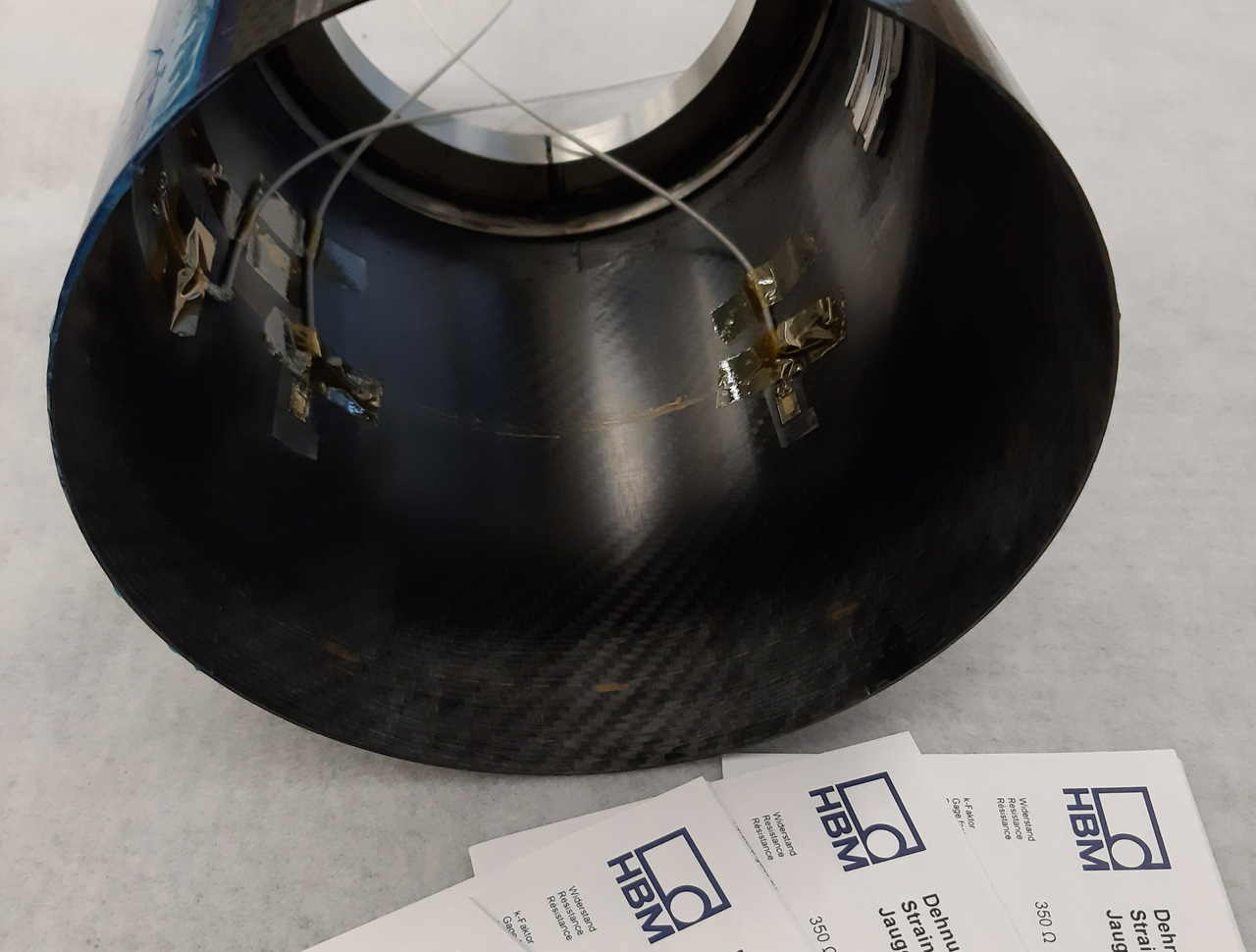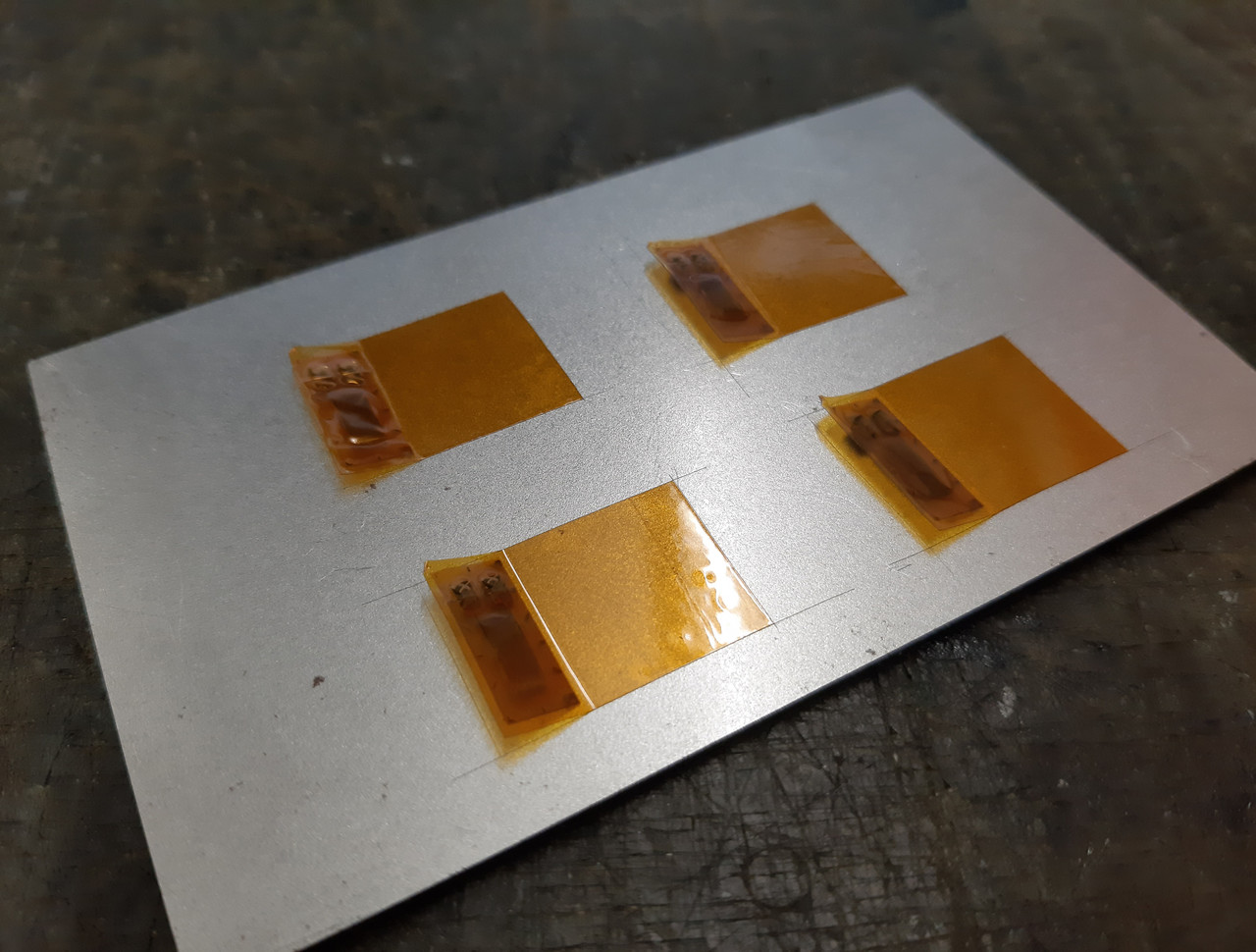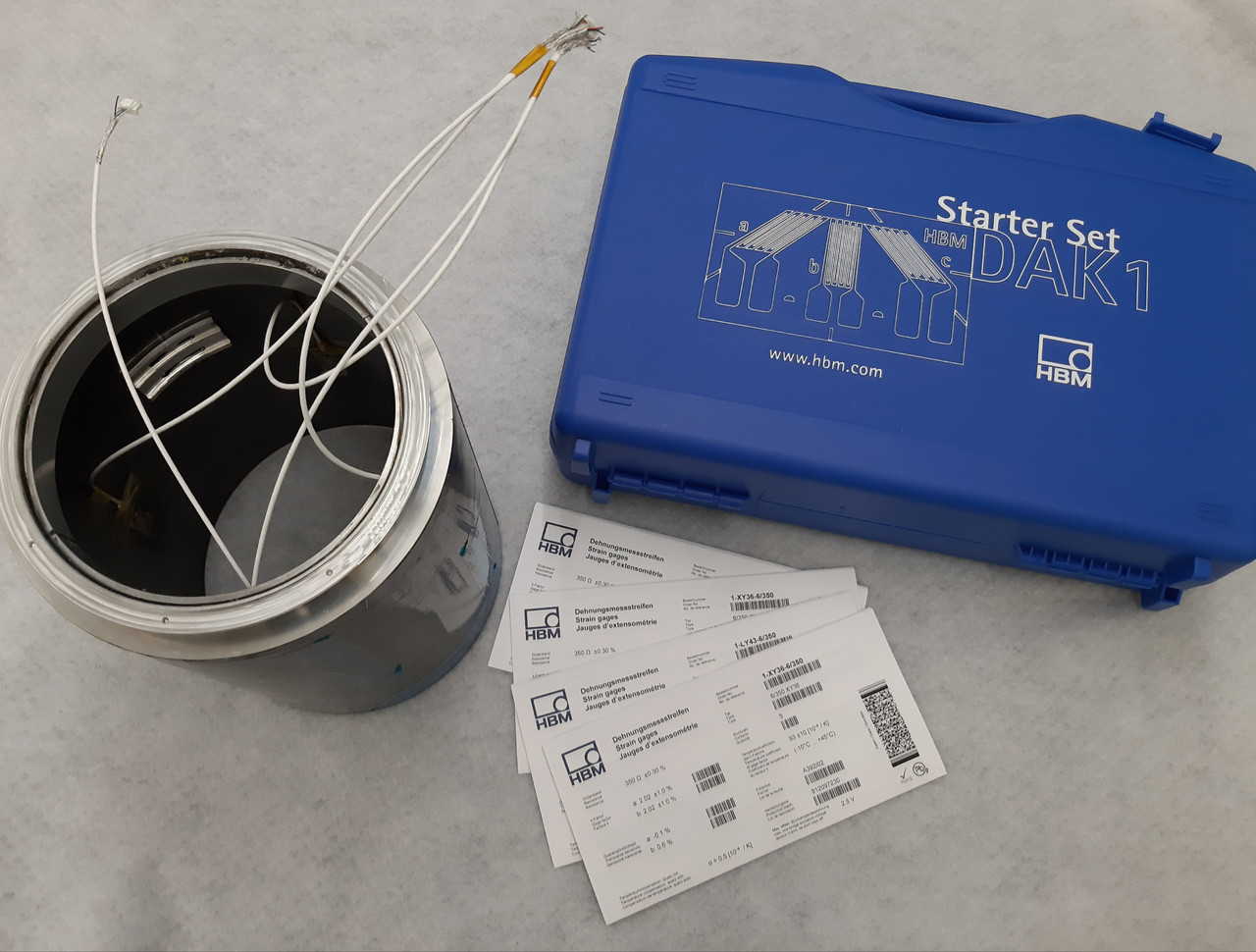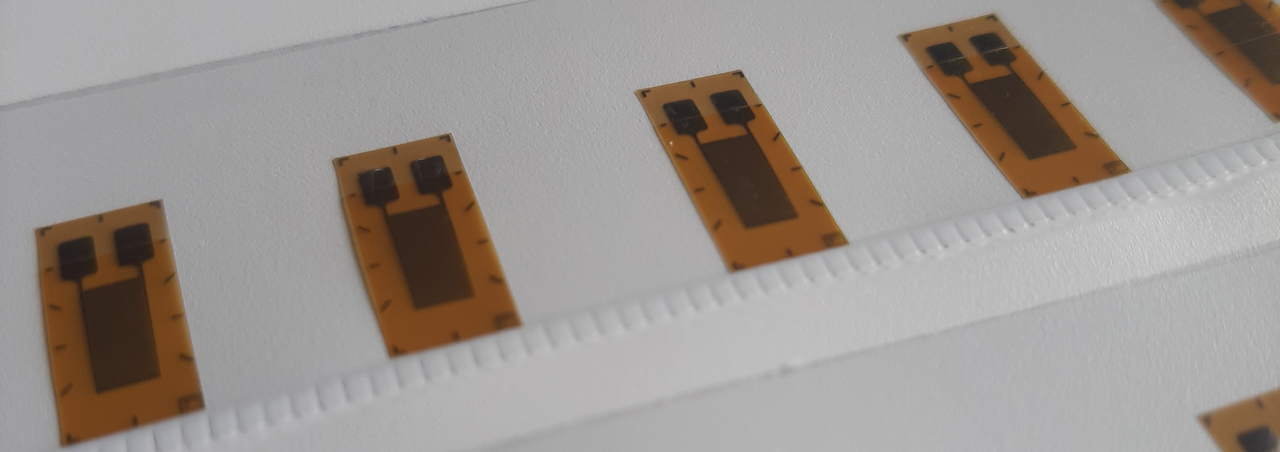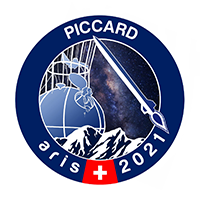The new monitoring system demonstrated its capabilities during its first use in Portugal. It reliably measured loads during the flight and delivered most of the hoped-for data. The axial forces and bending moments in the x and y directions could be precisely determined from the rocket’s launch to the apogee (highest point) of its flight.
Unfortunately, it was not possible to collect meaningful data during the return to Earth: the parachutes did not deploy as planned at the apogee due to a technical fault in the parachute system. They opened only during the descent, when the rocket was falling at a speed of 240 m/s. The shock forces this caused were so great that the rocket broke apart.
Despite the lack of measured values for the descent, the data still enables a better understanding of the system. This way, the aerostructure of the PICCARD rocket can be further optimized, raising the possibility of victory at the 2022 Spaceport America Cup.
